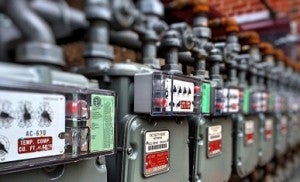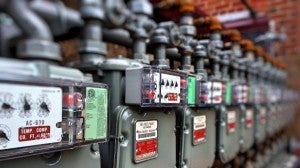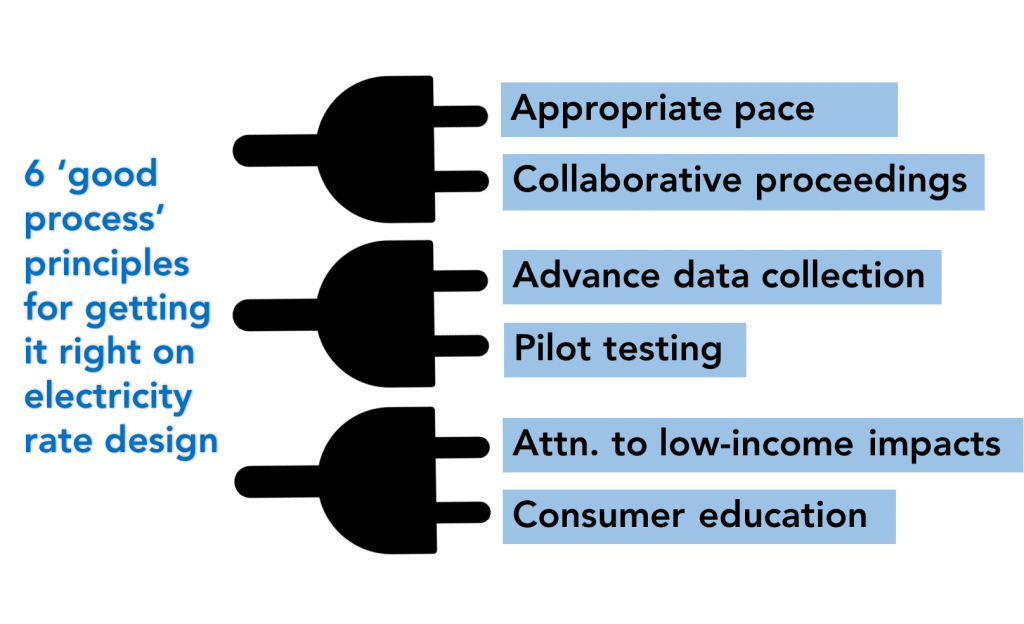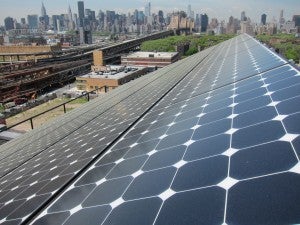 New technology is evolving electricity transmission from a centralized, one-way system to a more distributed, interactive one. This system necessitates new electricity rates, and the National Association of Regulatory Utility Commissioners (NARUC) unveiled this week at its annual summer meeting a draft manual that will help states across the U.S. design them.
New technology is evolving electricity transmission from a centralized, one-way system to a more distributed, interactive one. This system necessitates new electricity rates, and the National Association of Regulatory Utility Commissioners (NARUC) unveiled this week at its annual summer meeting a draft manual that will help states across the U.S. design them.
The Distributed Energy Management Compensation Manual is basically a compendium of rate design options that regulators can consider, and it outlines each option’s pros and cons. NARUC President Travis Kavulla charged his staff with writing the manual – a monumental undertaking – and we commend the organization for this effort.
I was pleased to speak during the Town Hall event at which NARUC rolled out the draft manual, and my remarks focused on one critical need: good rate design process. Choosing the right electricity rate for a state is important, but so too is the process by which regulators arrive at that decision. Early in the document it recognizes, “A jurisdiction will need to identify its current status regarding DER [distributed energy resources], what role it expects DER to have in the future, understand the nature of DER adoption rates, and identify necessary policy developments to accommodate that future.” Now is the time to encourage NARUC to include in the manual a dedicated section that shows states how to build a process for ratemaking that will be sustainable, benefit consumers, and advance in tandem with electricity distribution technology. Read More










 We all know exercise is good for our hearts and bodies, and who doesn’t enjoy stepping on the scale after weeks of good workouts to confirm progress was made?
We all know exercise is good for our hearts and bodies, and who doesn’t enjoy stepping on the scale after weeks of good workouts to confirm progress was made?
 As a former state utility regulator, I know the difficulty of balancing competing interests in making decisions and communicating those decisions to constituents. Solutions deemed “fair” by some parties may have harsh or unintended consequences for others.
As a former state utility regulator, I know the difficulty of balancing competing interests in making decisions and communicating those decisions to constituents. Solutions deemed “fair” by some parties may have harsh or unintended consequences for others. Late last month, New York took a major step toward rethinking utility economics when it
Late last month, New York took a major step toward rethinking utility economics when it  Throughout the United States, utilities earn a profit through a tried and true regulatory model that has worked well for over 100 years. This model was built on the assumption that customers would use ever increasing amounts of electricity, and it worked for some time. But, as the need to save power and make electric systems more efficient becomes essential to adapt to climate change, this and other assumptions no longer hold true. Without changing how utilities are compensated, we run the risk of experiencing a true irony: utilities, the cradles from which our modern civilization rose, may become the chains preventing us from advancing toward a clean energy future.
Throughout the United States, utilities earn a profit through a tried and true regulatory model that has worked well for over 100 years. This model was built on the assumption that customers would use ever increasing amounts of electricity, and it worked for some time. But, as the need to save power and make electric systems more efficient becomes essential to adapt to climate change, this and other assumptions no longer hold true. Without changing how utilities are compensated, we run the risk of experiencing a true irony: utilities, the cradles from which our modern civilization rose, may become the chains preventing us from advancing toward a clean energy future.